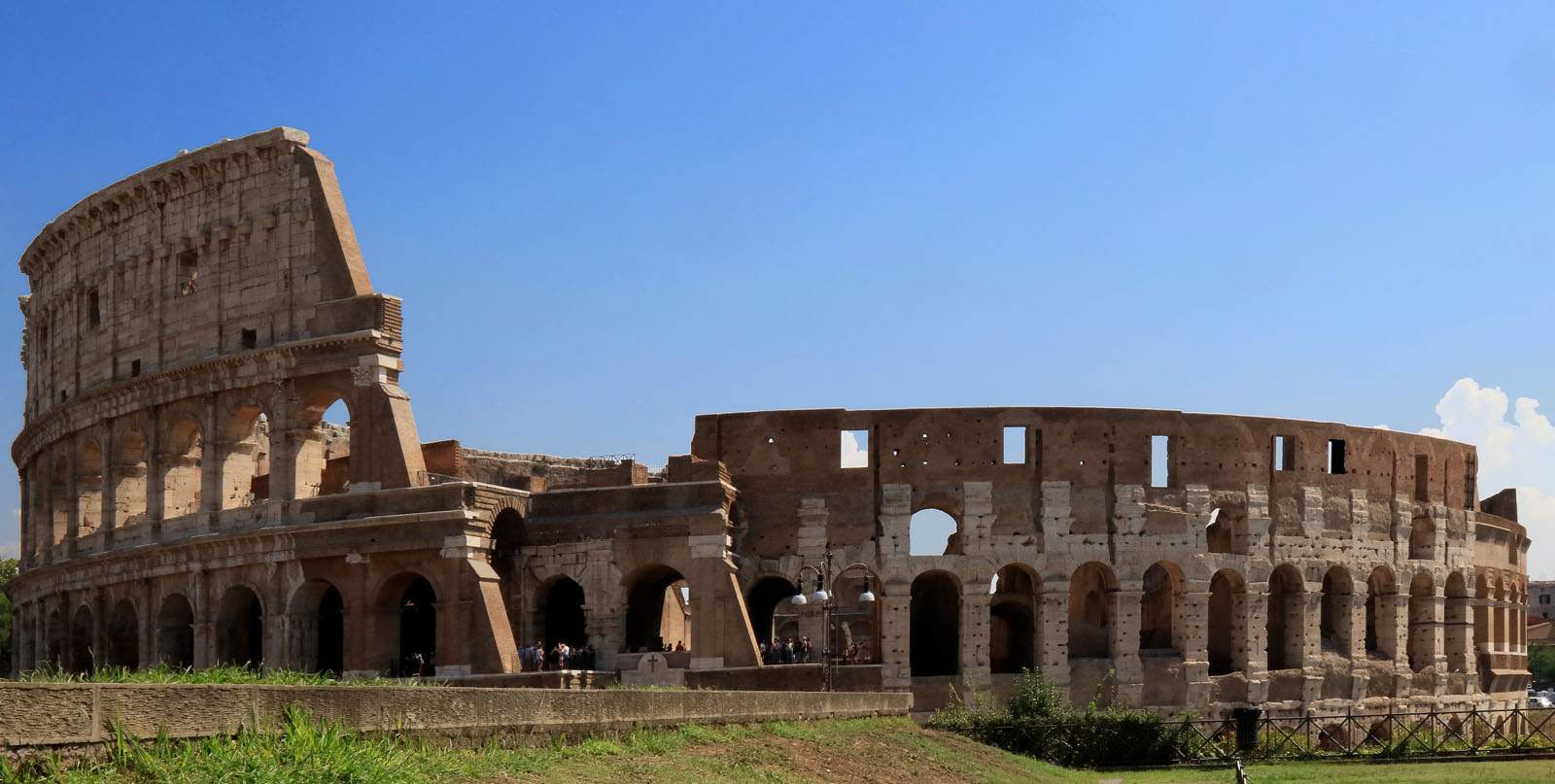They want to sell the Colosseum -- but digitally. Proposal to make the monument NFT.
No, we are not in a Totò movie: a group composed of anchorman Alex Braga, artist Federico Clapis, publisher Andrea Colamedici, entrepreneur Serena Tabacchi, and MP Alessandro Fusacchia of the Mixed Group really wants to sell the Colosseum. Fortunately, only in NFT format: so the aim is to “translate” the Colosseum into a digital model, “tokenize” it (and thus turn it into an NFT) to make it a unique and valuable asset, and then sell it on the market. A similar operation to the one the Uffizi did last spring, when they transformed the Tondo Doni into an NFT and sold it, earning as much as 70,000 euros.
The NFT (an acronym for NON-Fungible Token) is an encrypted code that contains various information about the work, released only with the original file. By purchasing an NFT, the buyer secures a unique asset that he can then dispose of as he wishes. Suffice it to say that the third highest paid artwork ever for a living artist in an auction is an NFT, or Everydays - The First 5000 Days, by digital artist Beeple, which sold in March at Christie’s for $69 million. The group that wants to digitize the Colosseum intends to do the same thing: to sell the monument in a “computer” version on the digital marketplace, and then possibly allocate the proceeds to heritage conservation. And the operation could be replicable on a large scale.
“In recent months,” explain the five promoters of the initiative, “the phenomenon of so-called Non Fungible Tokens (NFT) has exploded, that is, the possibility thanks to tokenization (blockchain) to certify the authenticity of a digital file.” The NFT “will protect the owner against fakes, and the work can also be fractionated, recombined, transformed into another work of art, to make a new NFT in turn to be sold, bought, collected. We thus discover that the digital that seemed to take meaning away from things can also create new value without in the least affecting the pre-existing one. By offering endless possibilities for our creativity, it allows us to make more art, more culture.”
“Can we imagine,” the group wonders, “all that a country with our art, with our heritage, with our culture could do if it intercepted and guided all that is in ferment thanks to the technological vanguard, if it gave itself a framework of norms and rules appropriate to the production of new culture, to the hybridization between art of the past and new artists, between physical heritage and digital arts? We summarize it this way: from the Italy of display cases to the Italy of techne. [...] Today we are still only at the beginning of a new era, but as has always been the case in the past, art is hinting at a path of what might lie ahead, and we glimpse hybrid and immersive concerts that shed light on the emotions of artists and fans, generating unexpected takings for a kneeling supply chain; we glimpse online history lessons that sell tens of thousands of tickets; we glimpse remote access to archaeological sites to visit while being taken back in time; we glimpse digital files that if yesterday were indistinguishable from any selfie today gain artistic and economic value thanks to NFTs; we glimpse canvases of Italian painting reproduced on screen and displayed in museums around the world. We discern it, this new supply, and above all we discern a new demand for art and culture, more widespread, more accessible. More democratic.”
“With an NFT a digital file,” the promoters conclude, “can acquire new meaning. With NFTs and many other new digital recourses, we would be able today to enhance Italy’s artistic heritage, without moving it an inch, without vexatious clauses imposed by who knows what sheikh, and increasing the experience of the real with digital emotion. We have just begun to do this, but now we need a big push. From artists, from collectors, from researchers, from entrepreneurs and investors, from those who lead and work in public institutions. What is needed now is a big proposal, one that also makes the rounds but without making us take any risks. A proposal that will attract the attention of all Italians and the many eyes turned on abroad. Let us use licona most powerful we have to make credible our determination to return to leadership in what we have done best over the centuries: producing beauty, and enchantment. Let us make the Colosseum’s digital twin the beginning of a new economic and cultural history.”
Italy, then, could in their view become an international leader in the NFT market. Of course, there is also the other side of the coin, which is that NFTs have very high environmental costs, because to produce them you need computers with very high computing power, and that consume a lot of energy (an authenticated transaction on the NFT market to date produces 20 kg of Co2, versus, to give an idea, the 36 grams of Co2 needed to watch an hour of video on Netflix). The group is aware of the many issues related to NFTs: how to make blockchain technology sustainable, but also how taxes will be paid on transactions, an issue on which, moreover, the Internal Revenue Service has already been solicited. Starting a debate on these issues is possible right now, however.
 |
| They want to sell the Colosseum -- but digitally. Proposal to make the monument NFT. |
Warning: the translation into English of the original Italian article was created using automatic tools. We undertake to review all articles, but we do not guarantee the total absence of inaccuracies in the translation due to the program. You can find the original by clicking on the ITA button. If you find any mistake,please contact us.





























